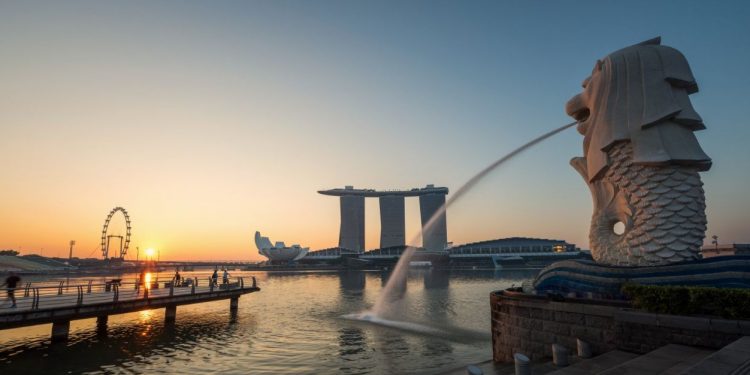How much do you actually know about Singapore and some of its well-known personalities? Let us tell you five lesser known facts and see if you already know about them.
President Halimah Yacob’s Singapore Chinese Girls School (SCGS) uniform was old and worn
Growing up, President Halimah Yacob wore threadbare uniforms to school when she was studying in SCGS. She owned only a pair and would wear a particular set for a week, washing it every day and putting it back on the next day. The uniforms were sewn by her elder sister, who bought the cloth with the “little bit of money” she had then.
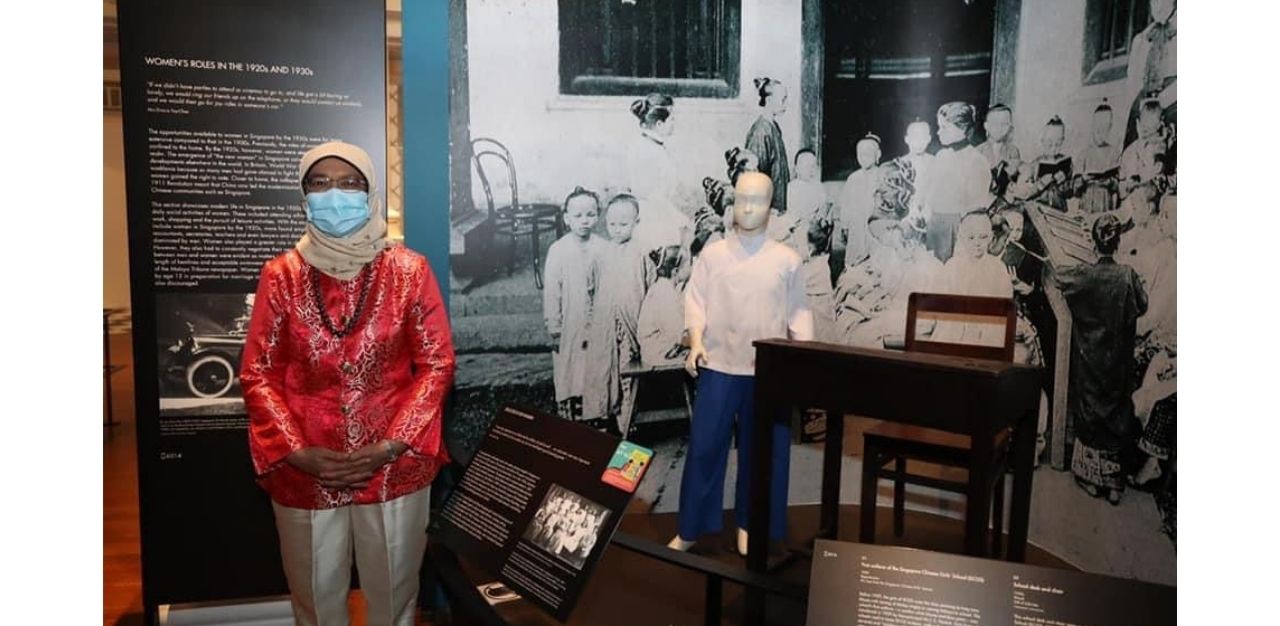
Her uniform was so old and worn that one day a teacher approached her during assembly and told her that it was about time she changed her school uniform. Madam Halimah recalled that she kept silent despite wanting badly to say she would have changed her uniform a long long time ago if she could.
Former Manpower Minister Lee Boon Yang is a trained veterinarian
Dr Lee Boon Yang, who was the Manpower Minister from 1992 to 2003, is a trained veterinarian. A Colombo Plan scholar, Dr Lee graduated with a degree in veterinary medicine and surgery after a five year course at the University of Queensland.
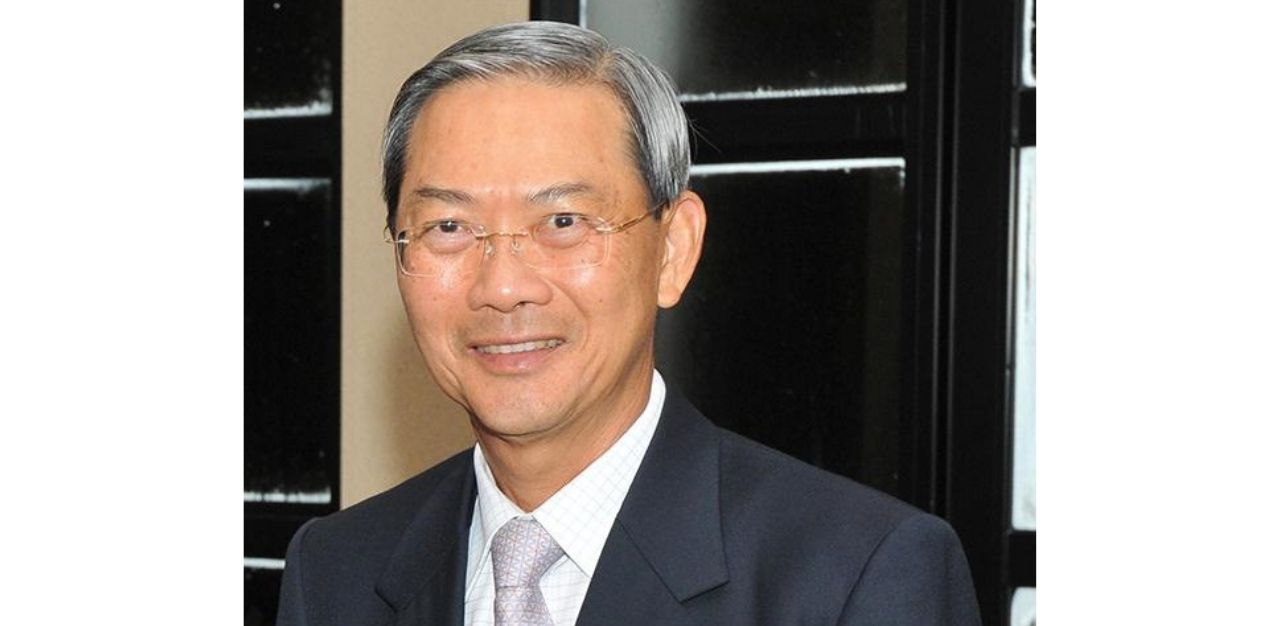
When he was studying in Brisbane, he spent the majority of his time on pastoral practice — how to do preventive medicine, treating and managing herd health in large livestock farms with sheep, cattle and horses. He also dealt with major infectious diseases of livestock like brucellosis and tuberculosis.
When he returned to Singapore, Dr Lee was posted to the Primary Production Research and Training Institute (PPRTI) in Sembawang, where he conducted various animal husbandry trials for poultry and pigs. He left the then Primary Production Department (PPD) in 1981 and was later elected to the Singapore Parliament in 1984.
Chained convicts and French nuns were Singapore’s first nurses
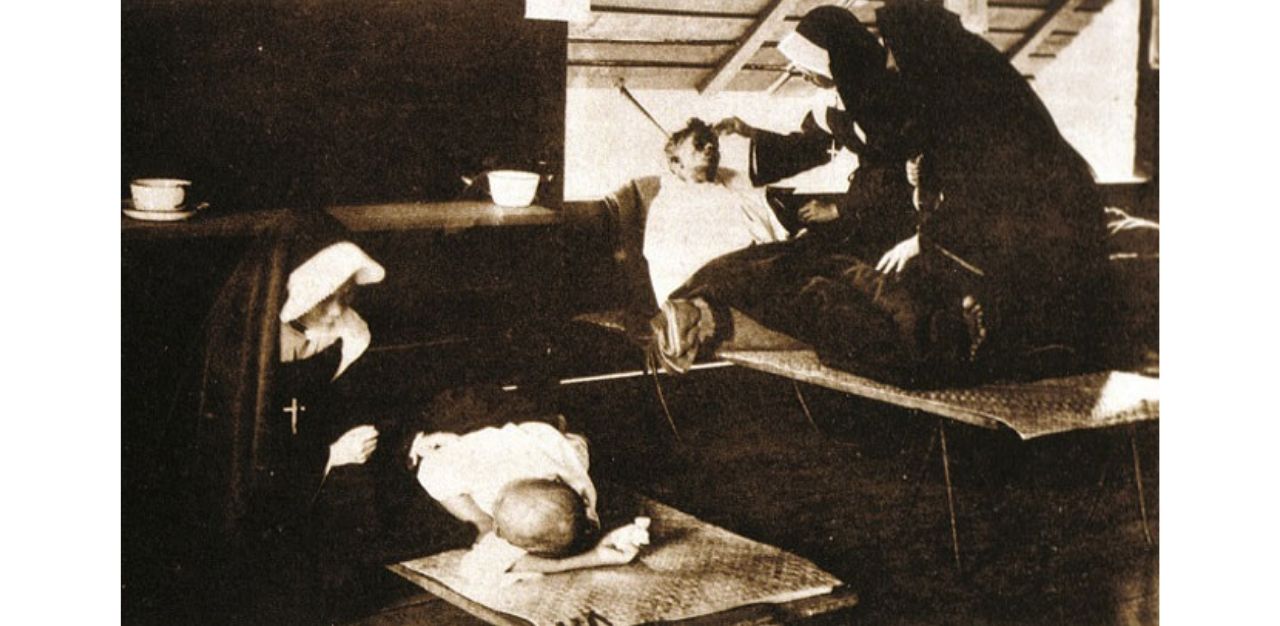
When Sir Stamford Raffles arrived in Singapore in January 1819, he came with a skeletal all-male medical team comprising military doctors, apothecaries and orderlies. Since there were no nurses at that time, basic nursing was carried out by chained convicts.
As the number of women increased and the hospitals began admitting them, requests for female carers rose. This was the time when any form of physical contact between men and women was frowned upon.
In 1883, the then government agreed the hospitals were in dire need of trained nurses and faced with difficulties in recruiting nurses from India and England, the government agreed to train the French nuns from the Convent of the Holy Infant Jesus (CHIJ), who were prepared to undertake the job. The French nuns began their nursing duties at the General Hospital on 1 August 1885, officially marking the start of nursing in Singapore.
Why Singapore no longer shoots stray dogs to keep numbers down
The PPD used to shoot stray dogs to keep the numbers down until a tragic accident happened in November 1998. A man who had been feeding stray dogs was accidentally shot by a PPD shooter and died.
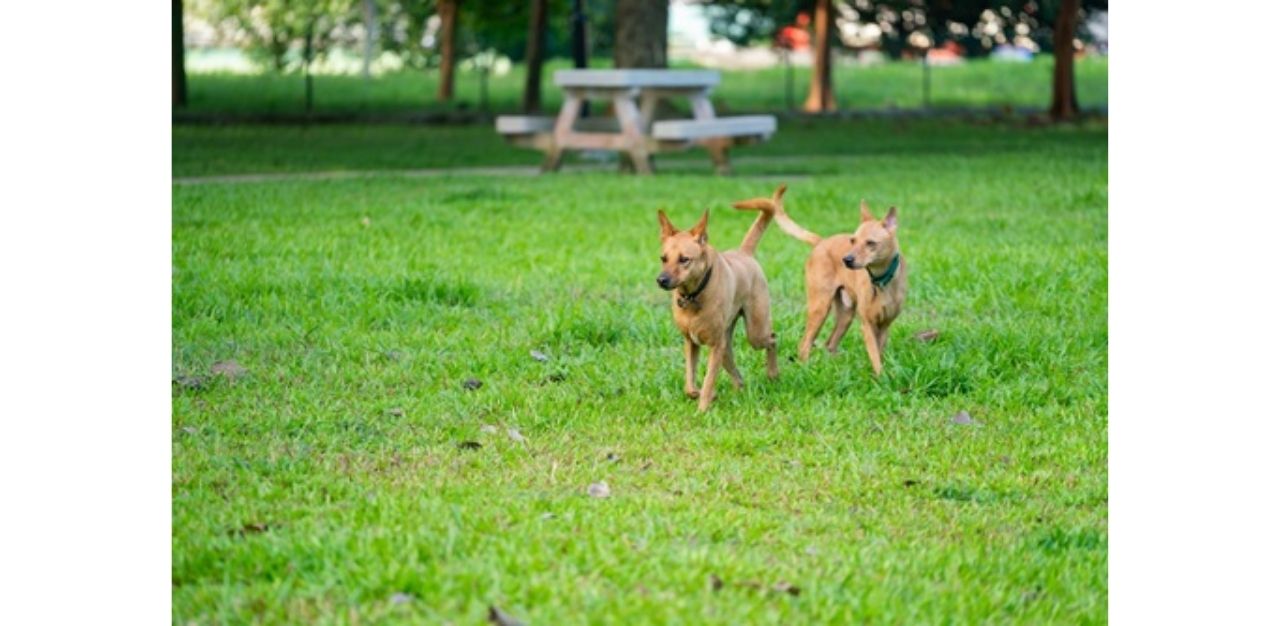
The dog shooter and an inspector spotted a pack of seven to eight dogs under an expressway in Lorong Halus, then a desolate area and the shooter fired two rounds. Odd-job worker Lim Cheng Choon, then 59, who was sleeping on the grass patch, concealed by the dogs, was hit. Mr Lim died immediately. His family did not pursue the matter.
Following the accident, PPD conducted a review of its processes and the shooting of dogs was halted from then onwards. The dog shooter and the inspector were fined $7,000 each on a verdict of negligence.
A private zoo in Punggol
We grew up visiting wild animals at the Singapore Zoo in Mandai but did you know that there was a full sized public zoo in Punggol before that?
It was established by Indian land owner William Lawrence Soma Basapa in 1928 to accommodate his private collection of exotic animals and birds. Six years before that, Mr Basapa, who was also an animal trader, started amassing a menagerie of wildlife in his family home in Upper Serangoon Road and opened the grounds to visitors for an entrance fee.

As his collection and the number of visitors to his home grew, Mr Basapa bought a 27-acre plot of seafront land on Punggol Road in 1928 and relocated his zoo. Being the only zoo in Singapore at that time, it was named Singapore Zoo and became a major attraction, frequented by tourists and locals alike.
Visitors were charged an entrance fee of 40 cents and students enjoyed a 75 percent discount. Some of its highlights were a tiger named Apay, which joined the zoo as a cub, and an orangutan named Phyllis.
The zoo was shut down by the British authorities in 1942 in anticipation of Japanese invasion and in 1948, the land was sold to a private owner.
Join the conversations on TheHomeGround Asia’s Facebook and Instagram, and get the latest updates via Telegram.


